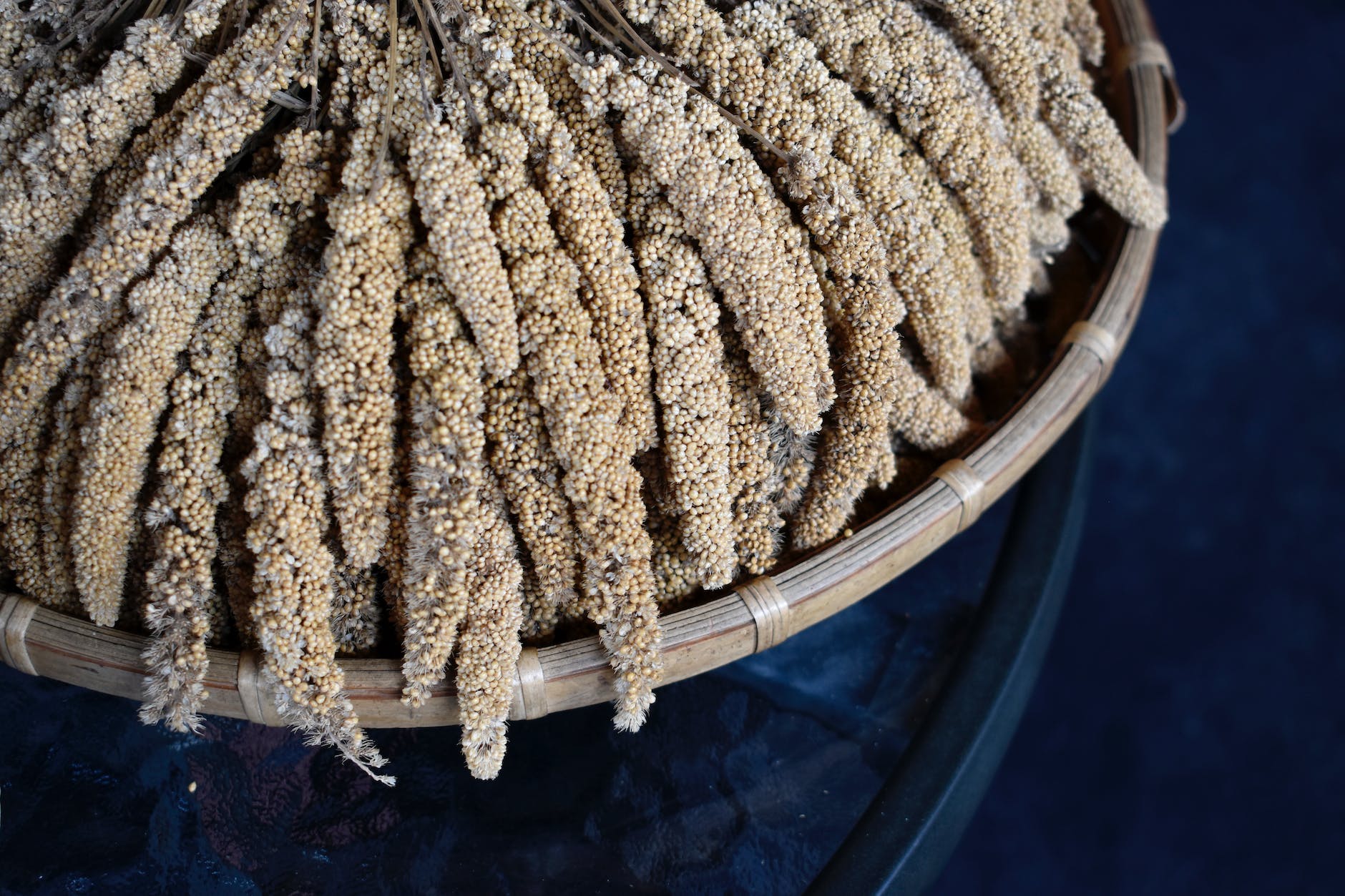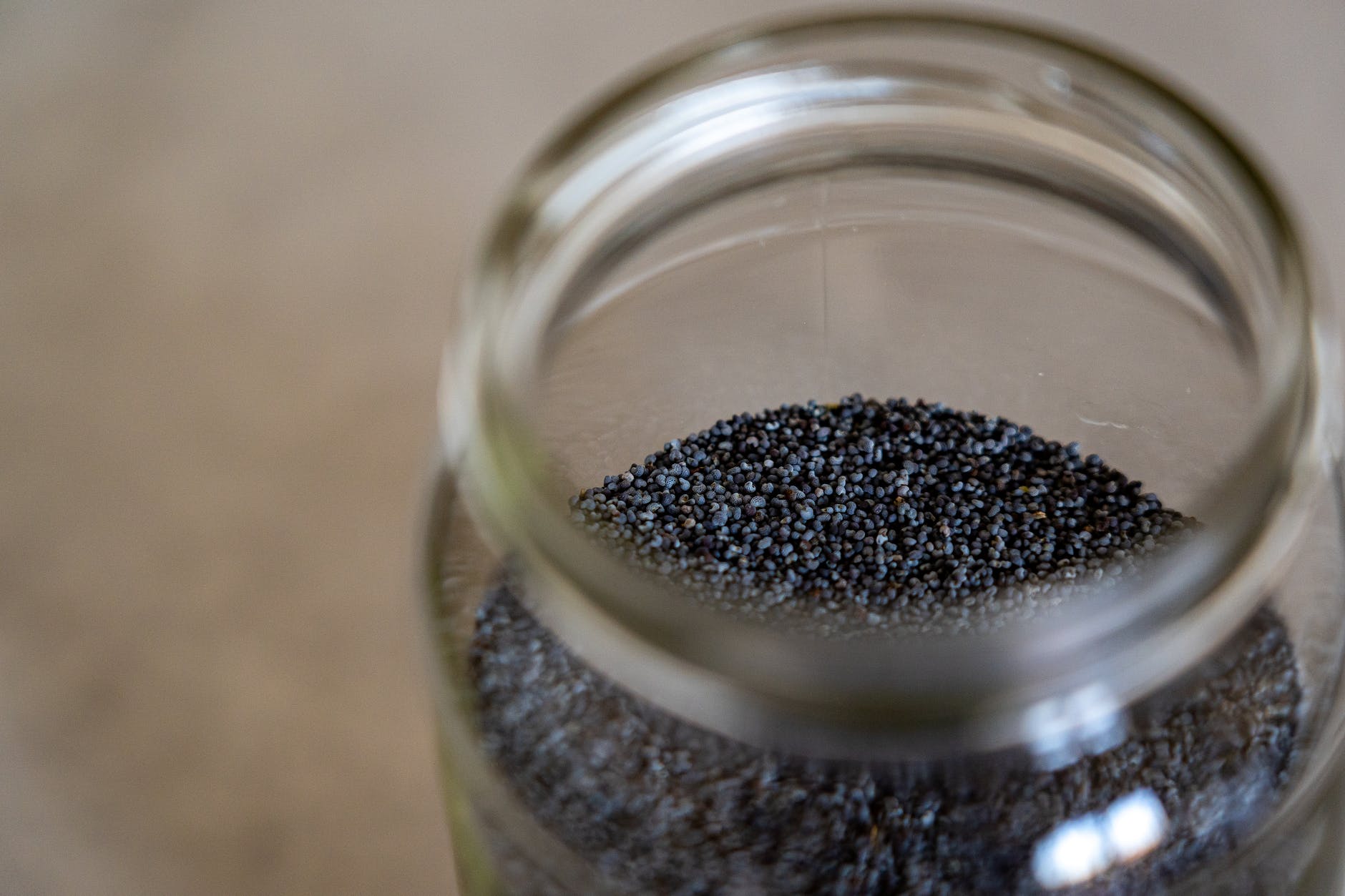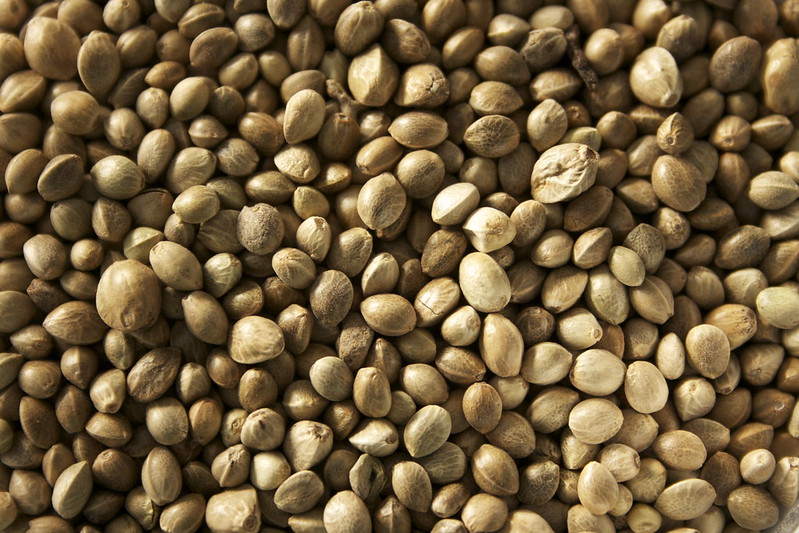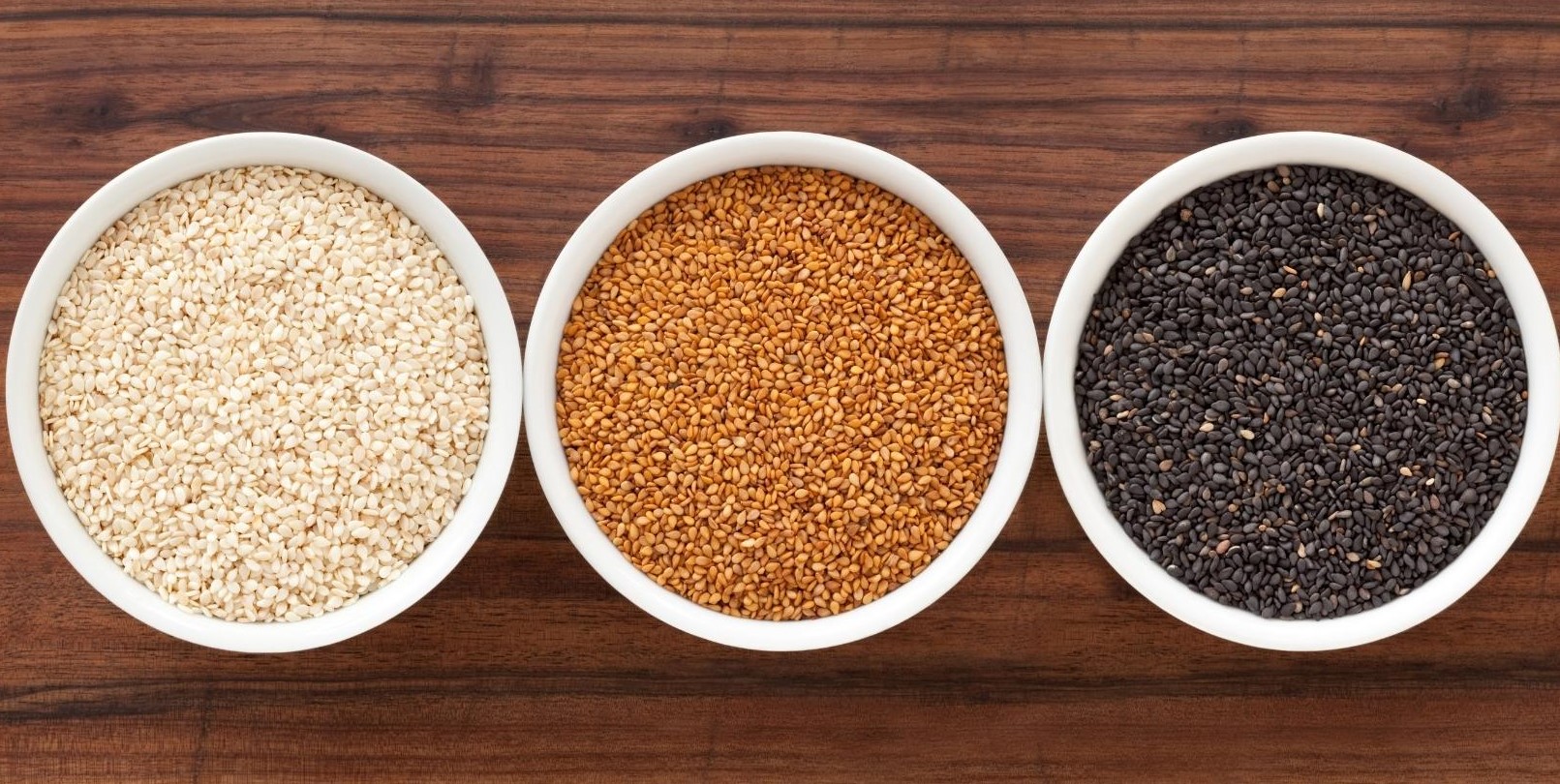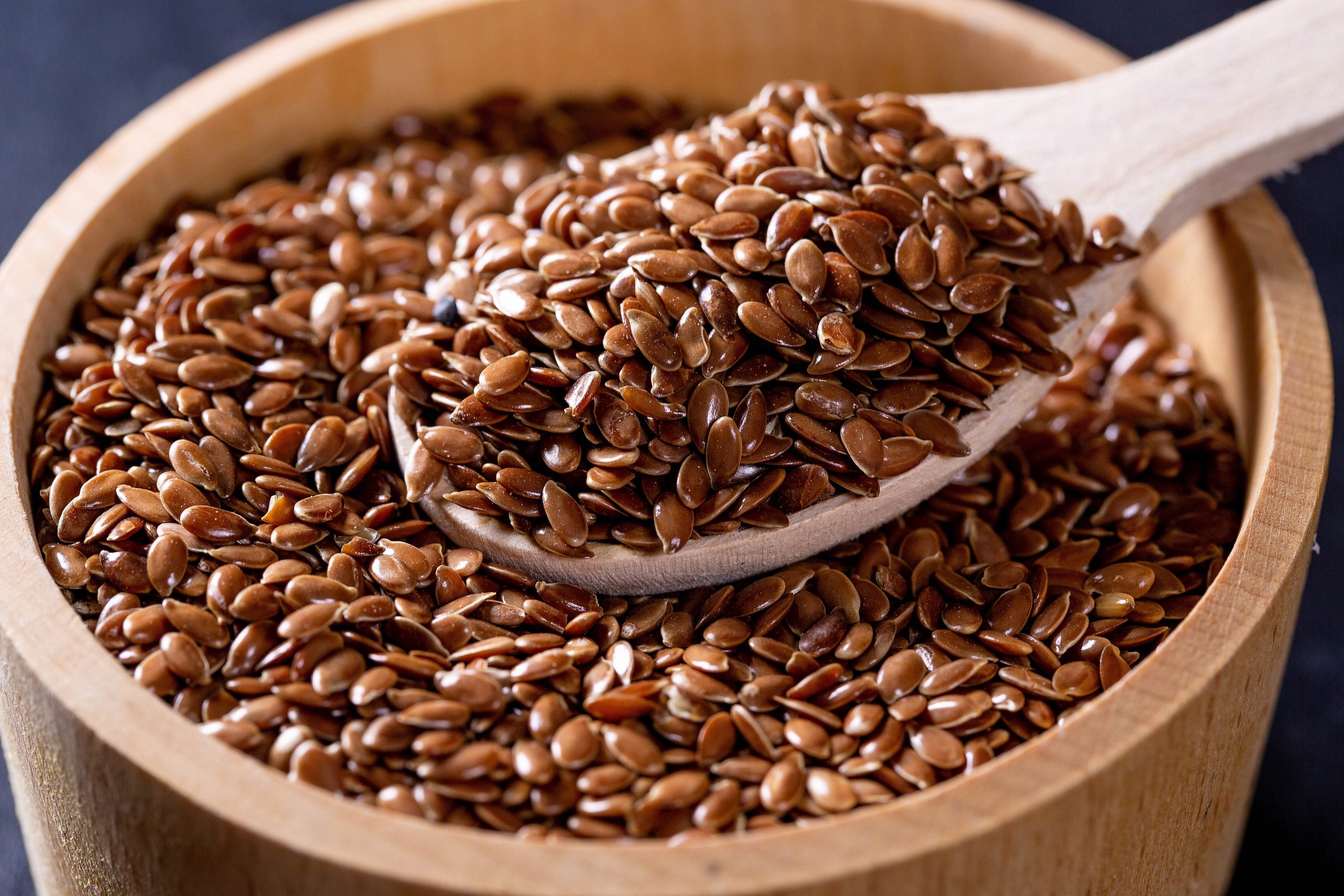
Introduction: 🌿🌾 Flax seeds, also known as linseeds, have gained popularity as a superfood packed with essential nutrients and numerous health benefits. These tiny seeds, known as “Alsi” in Hindi, have been used for centuries as a natural remedy and are now recognized for their potential role in weight loss. In this comprehensive blog post, we will delve deeper into the weight loss benefits of flax seeds, explore their rich nutritional composition, uncover the science behind their weight management properties, provide practical ways to incorporate them into your diet, and offer additional tips for achieving optimal weight loss results. Get ready to unlock the potential of “Alsi” and embark on a journey towards a healthier, fitter you.
Rich in Fiber for Satiety and Digestive Health: 🌿 Flax seeds are an excellent source of dietary fiber, making them a valuable addition to a weight loss diet. The soluble and insoluble fiber content in flax seeds promotes feelings of fullness and satiety, reducing hunger cravings and preventing overeating. This fiber also aids in proper digestion, promotes regular bowel movements, and supports a healthy gut microbiome. By incorporating flax seeds into your diet, you can support appetite control, promote digestive health, and contribute to weight loss efforts. 🌿🍽️😌💩
High in Omega-3 Fatty Acids for Metabolism and Fat Burning: 🌿 Flax seeds are one of the richest plant-based sources of omega-3 fatty acids, particularly alpha-linolenic acid (ALA). Omega-3 fatty acids play a vital role in metabolism, inflammation regulation, and fat burning. They support the production of hormones that regulate satiety, enhance insulin sensitivity, and reduce inflammation in the body. By incorporating flax seeds into your diet, you can potentially boost your metabolism, improve fat oxidation, and support your weight management goals. 🌿🔥💪
Balances Blood Sugar Levels for Stable Energy and Reduced Cravings: 🌿 Flax seeds have been shown to have a positive impact on blood sugar regulation, which is crucial for weight management. The soluble fiber and lignans present in flax seeds help slow down the digestion and absorption of carbohydrates, resulting in a more gradual release of glucose into the bloodstream. This promotes stable energy levels, reduces cravings for sugary foods, and helps prevent sudden spikes and crashes in blood sugar levels. By maintaining balanced blood sugar levels, flax seeds can support your weight loss journey. 🌿📉🍬
Provides Essential Nutrients for Overall Health and Well-being: 🌿 Flax seeds are a nutritional powerhouse, offering a wide array of essential nutrients. They are an excellent source of plant-based protein, fiber, lignans, vitamins, and minerals. Flax seeds are particularly rich in vitamin E, magnesium, and manganese. These nutrients contribute to overall health and well-being and support various bodily functions, including energy production, bone health, and immune function. By incorporating flax seeds into your diet, you can ensure that your body receives the necessary nutrients for optimal health while working towards your weight loss goals. 🌿🌱💪
Practical Ways to Incorporate Flax Seeds into Your Diet: 🌿 Here are some practical and delicious ways to incorporate flax seeds (Alsi) into your daily diet:
- Ground Flax Seeds: Grinding flax seeds before consumption allows for better absorption of nutrients. Add ground flax seeds to smoothies, yogurt, oatmeal, or cereal for an added nutritional boost.
- Flaxseed Oil Dressing: Use flaxseed oil as a dressing for salads, roasted vegetables, or steamed greens. It adds a nutty flavor and provides the health benefits of flax seeds.
- Flaxseed Crackers or Baked Goods: Make homemade flaxseed crackers or incorporate ground flax seeds into baked goods like bread, muffins, and cookies. They add a pleasant texture and boost the nutritional value of your favorite treats.
- Flaxseed Sprinkle: Sprinkle ground flax seeds on top of salads, soups, or stir-fries to add a crunchy texture and a nutty flavor.
- Flaxseed Energy Balls: Combine ground flax seeds with other nutritious ingredients like nuts, dates, and nut butter to create homemade energy balls. They serve as a healthy and satisfying snack option.
Additional Tips for Optimal Weight Loss Results: 🌿 To maximize the weight loss benefits of flax seeds, consider the following tips:
- Stay Hydrated: Drink plenty of water throughout the day to support digestion, hydration, and the overall weight loss process.
- Balance and Moderation: Flax seeds are nutrient-dense, so incorporate them into a balanced diet and practice portion control to manage calorie intake effectively.
- Combine with a Healthy Lifestyle: Flax seeds should be part of a comprehensive approach to weight loss, including regular physical activity, a balanced diet, and adequate sleep.
Conclusion: 🌿🌾 Flax seeds, or “Alsi,” are a nutritional powerhouse that can support your weight loss journey and contribute to overall health and well-being. With their fiber content, omega-3 fatty acids, blood sugar regulation properties, and essential nutrients, flax seeds offer a natural and effective way to aid in weight management. By incorporating flax seeds into your diet through various practical and delicious methods, you can harness the power of these tiny seeds and unlock the potential for a healthier, fitter you. Embrace the benefits of flax seeds and take a step towards achieving your weight loss goals. 🌿🌱💖

